Off the Beaten Track
Discovering Canberra's Forgotten Air Disaster Memorial
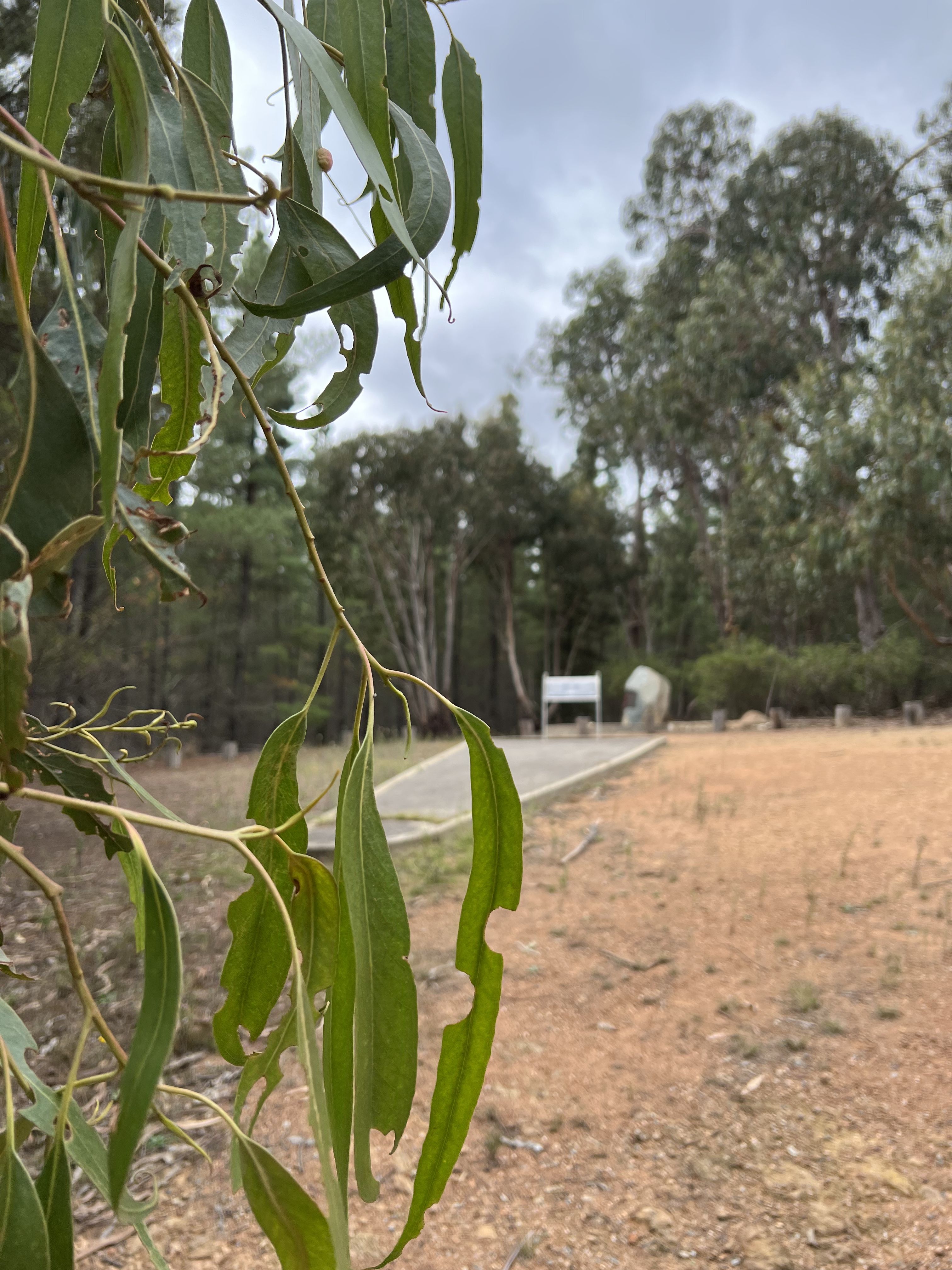
Just 3.2 kilometres off Pialligo Avenue is the Canberra Air Disaster Memorial, a large granite monolith with a commemorative plaque that marks the location of a plane crash in 1940.
The crash killed ten people, four of whom were senior members of the Australian Government. Individually, and as a group, these people are significant figures in the country's history.
The Canberra Air Disaster Memorial commemorates their untimely deaths. The Royal Australian Air Force plane crashed while travelling back to Canberra as part of official duties.
The monument is tucked away in Canberra's extensive pine forests, among the local flora and fauna. The area is bustling with butterflies and dragonflies, accompanied by eucalypts that sway in the soft breeze.
The gentle presence of nature is peaceful, yet the human footprint left on this part of Canberra's history gives off a heavy sense of neglect. The trail resembles more an abandoned junkyard than a significant site of remembrance.
Canberra's air disaster memorial holds such strong history, so it's unclear why this important monument appears so seemingly forgotten.
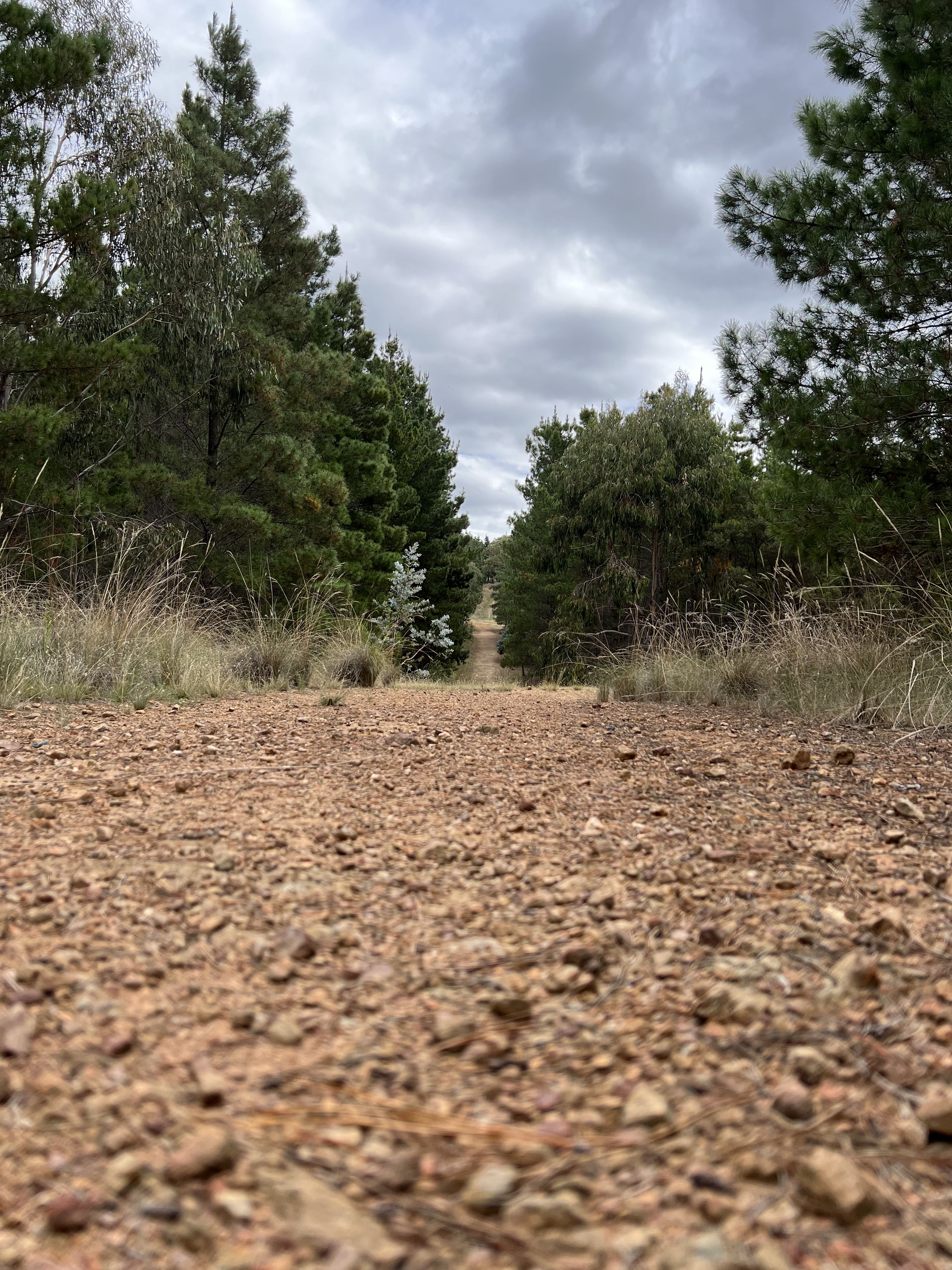
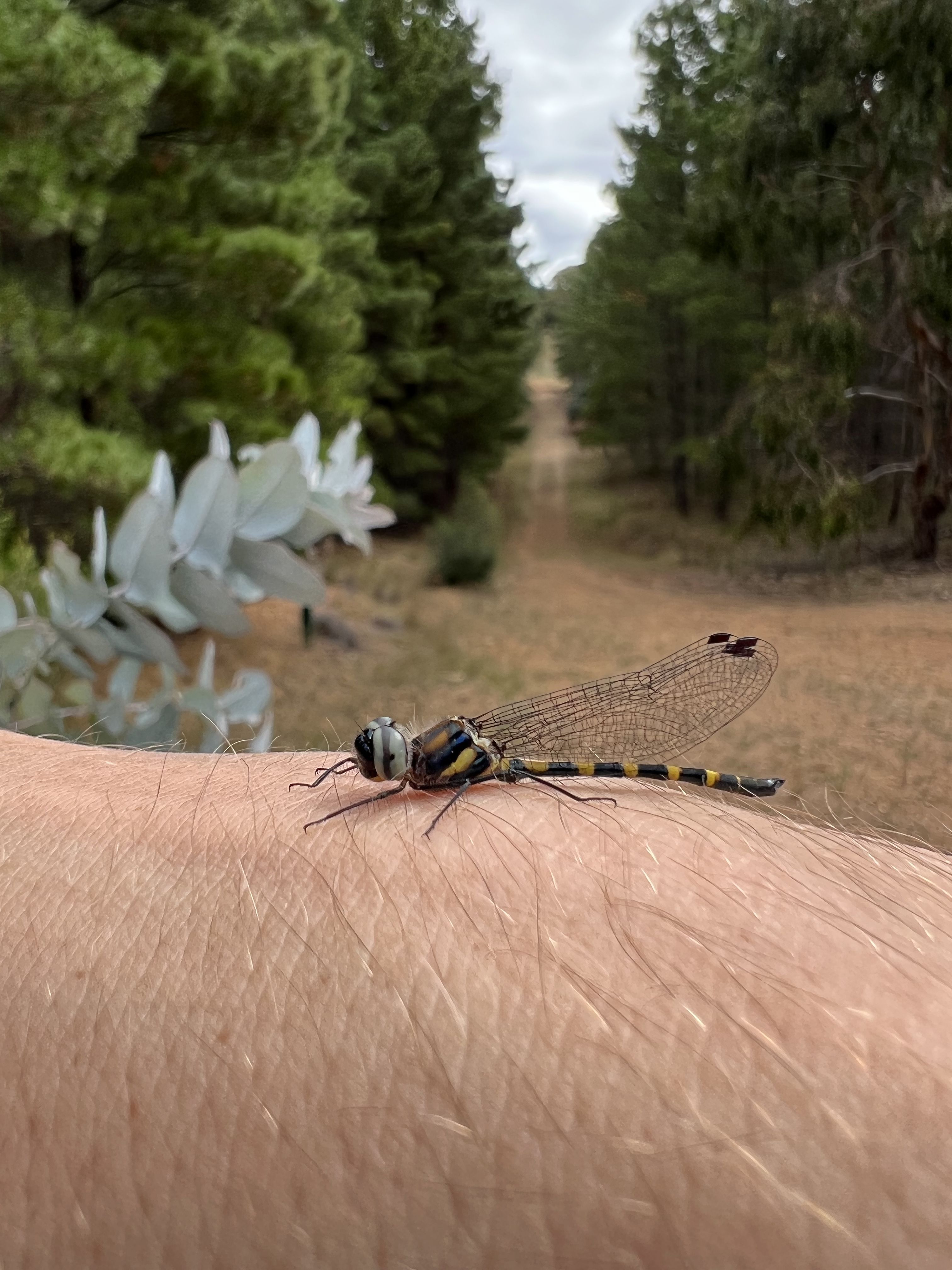
Initially the walk towards the Memorial appears to be a normal one. It begins at an opening into Fairbairn Pines where a large sign shows a map of the walk, along with some general information and a few photographs.
The wide open fire trail takes you past an abandoned paintball centre, with an abundance of rusted cars and boats.
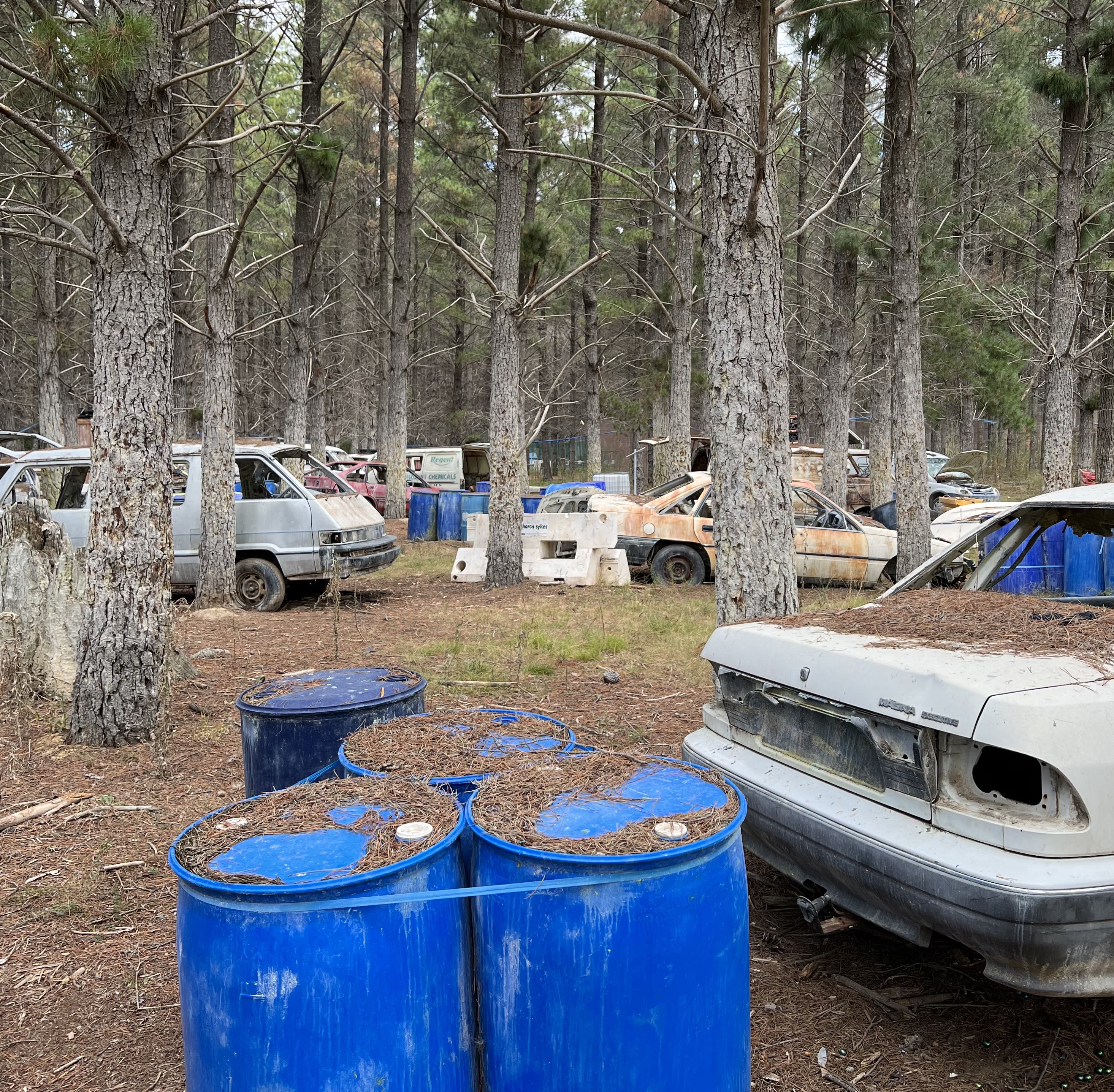
There is an eerie feeling and a dilapidated no trespassing sign that adds to that ambience.
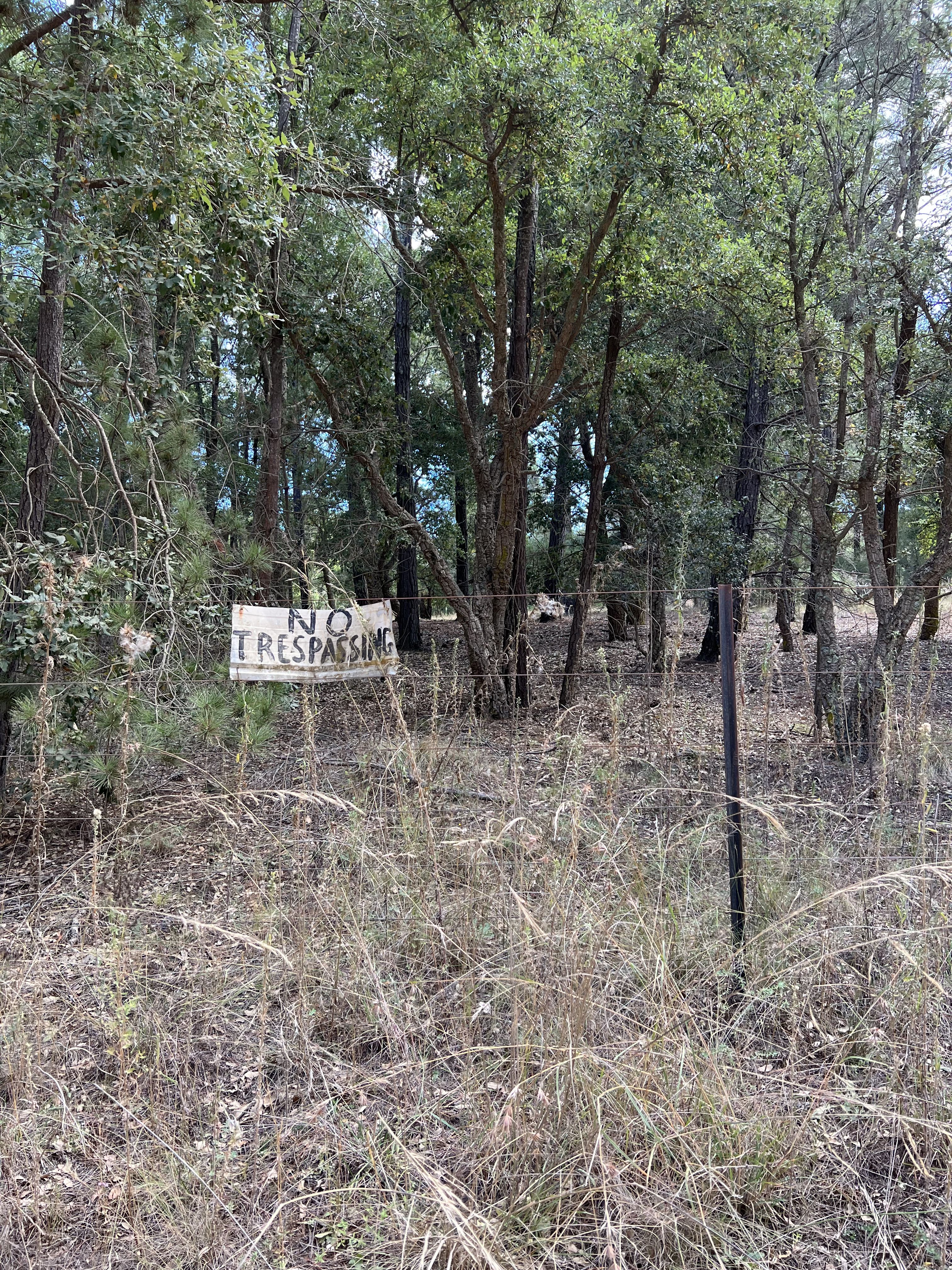
Bordering the walking trail is a military target area, which is restricted to public access by a large barbed wire fence. This is an establishment developed by the Department of Defence
Large signs are marked with 'Danger', providing a warning to those visitors walking the Memorial trail. One sign reads 'Do not touch anything. It may explode and kill you!', further adding to the levels of unease.
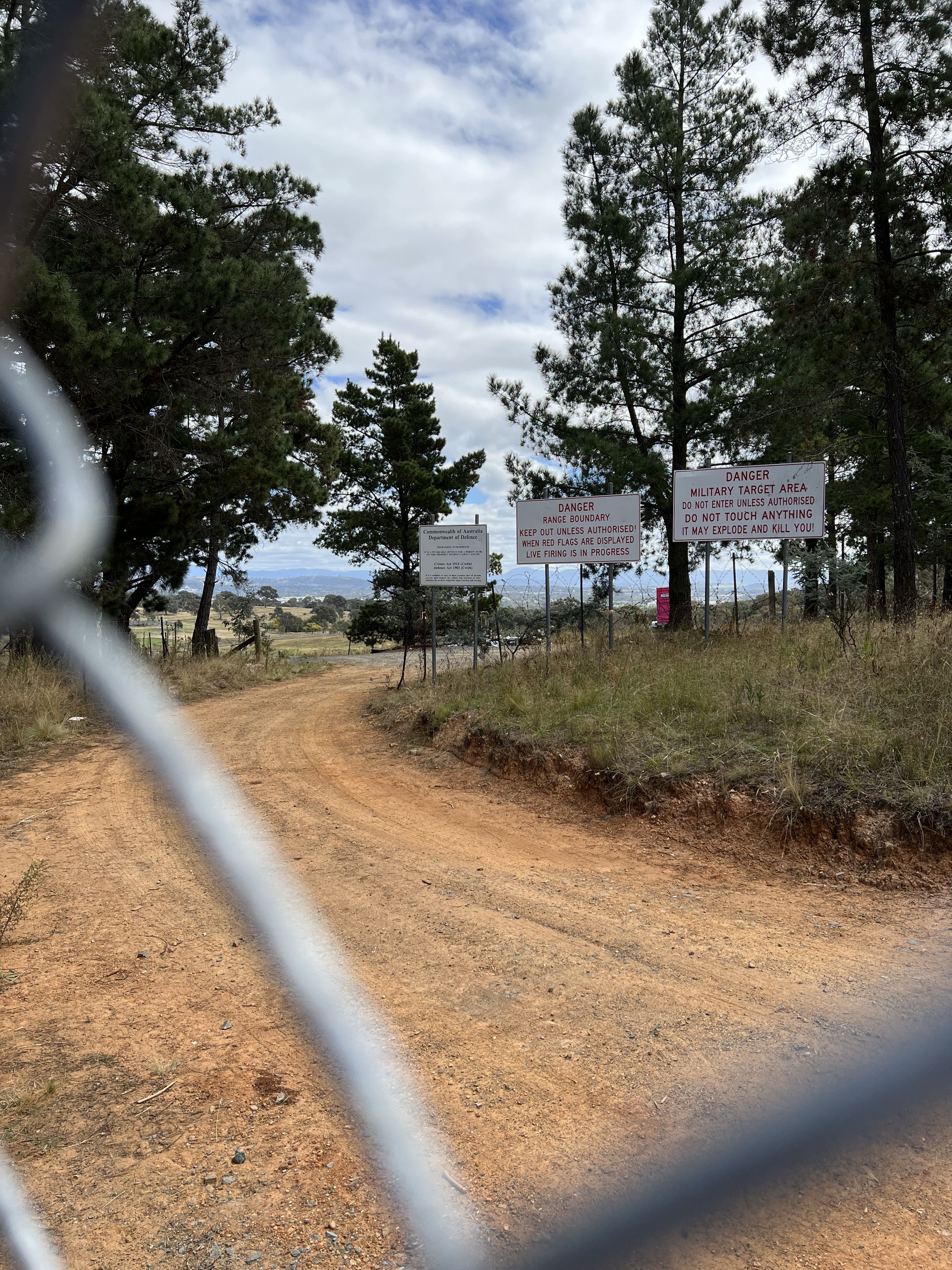
The majority of the trail is densely covered by semi-mature trees on each side, guiding you through the gravel path.
At some stages along the walk I stop to appreciate the calm and serenity.
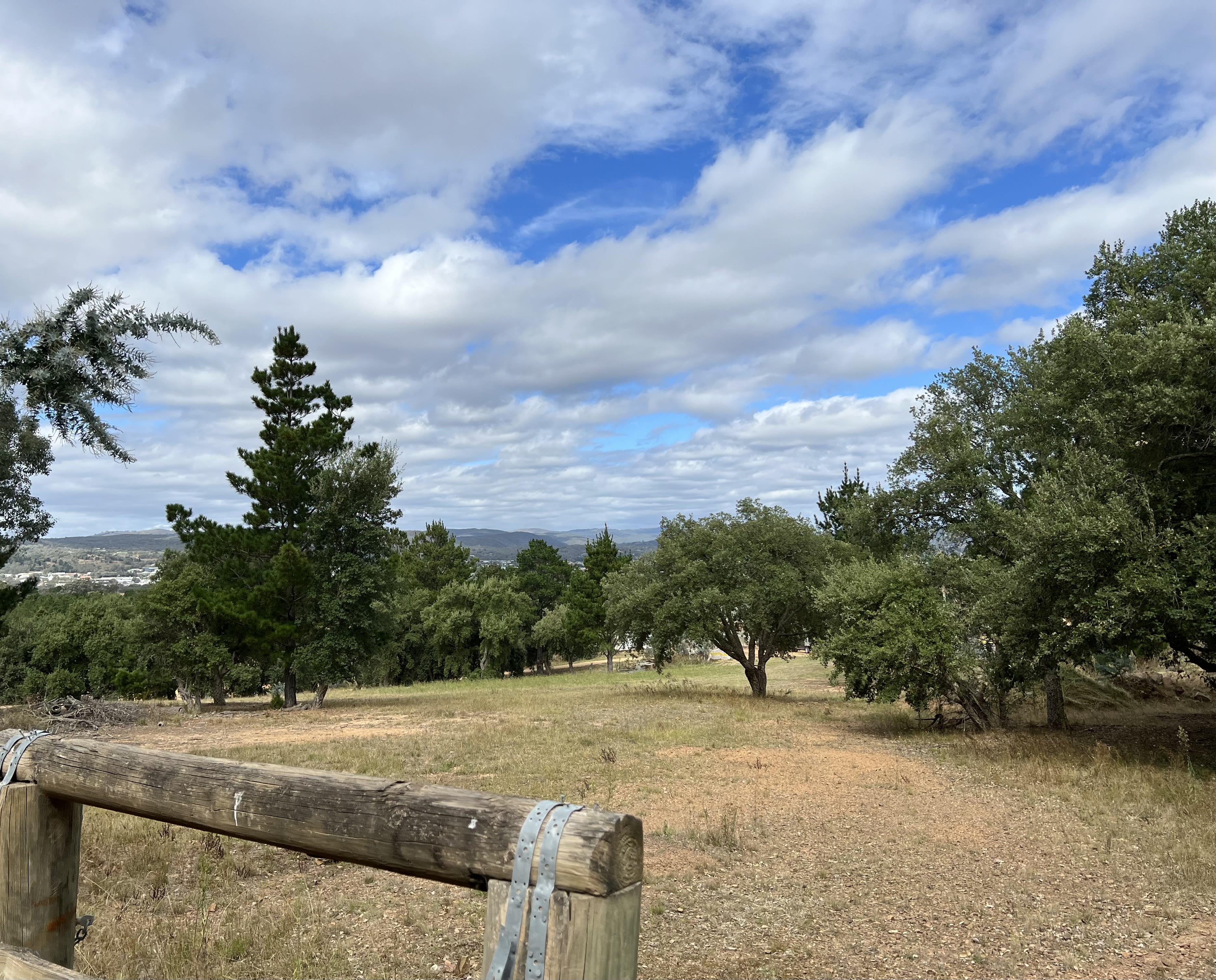
The view is incredibly inviting.
At other times I feel very unsettled. I have heard many stories of the Air Disaster Memorial being haunted, and this plays on my mind.
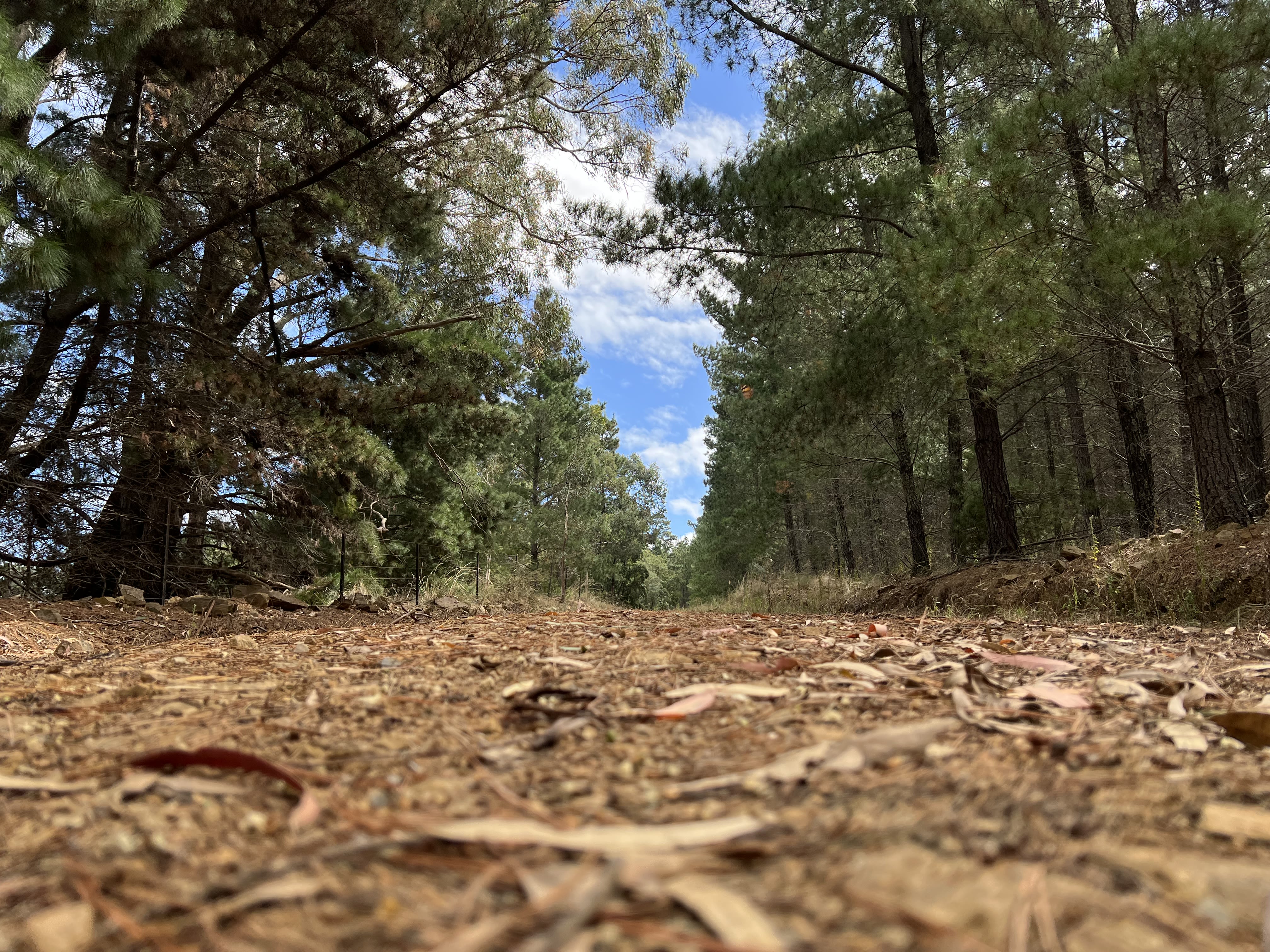
As the trees divide, an odd pile of scraps scattered beyond a barbed wire fence are unveiled.
Old car parts, rusted metal and sodium cyanide barrels lie around, ruining the beauty of the landscape.
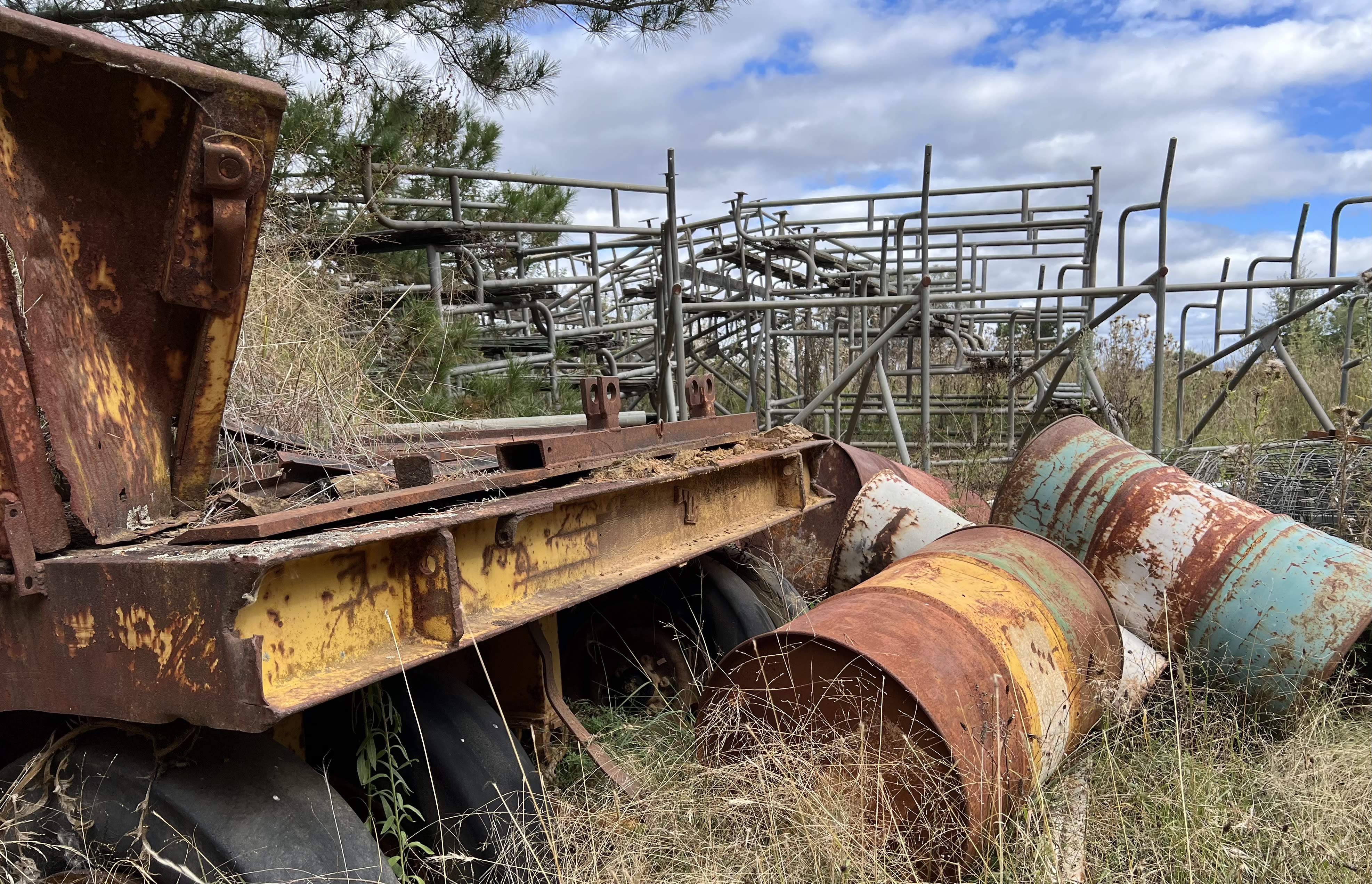
The disregard for the Air Disaster Memorial Trail is evident. I wonder if the National Capital Authority (NCA) has completely forgotten about this 'attraction'?
I contacted the NCA regarding the upkeep of the Memorial walk and they stated that it is an NCA asset and is therefore cared for with all due respect. However, the track to the memorial is not managed by the NCA.
"The land the Memorial is on and the track to reach the Memorial are not owned by the NCA, but is an ACT pine plantation. The NCA's contractors do clean up the immediate area of the Memorial (we get a lot of broken glass and rubbish here), but the NCA has no jurisdiction or control over the maintenance activities for the forest track. "
This clarifies why the track is a mess. This is unfortunate because the memorial is a significant commemorative monument for its association with all those who lost their lives, including three Commonwealth ministers and a chief of General staff. These four in particular were crucial figures in Australia's World War II efforts.
These senior Commonwealth figures held posts related to Australia's defence, and as a result this tragedy had a national effect, significantly impacting the Government at the time.
These losses ultimately contributed to the fall of the Robert Menzies Government in 1941.
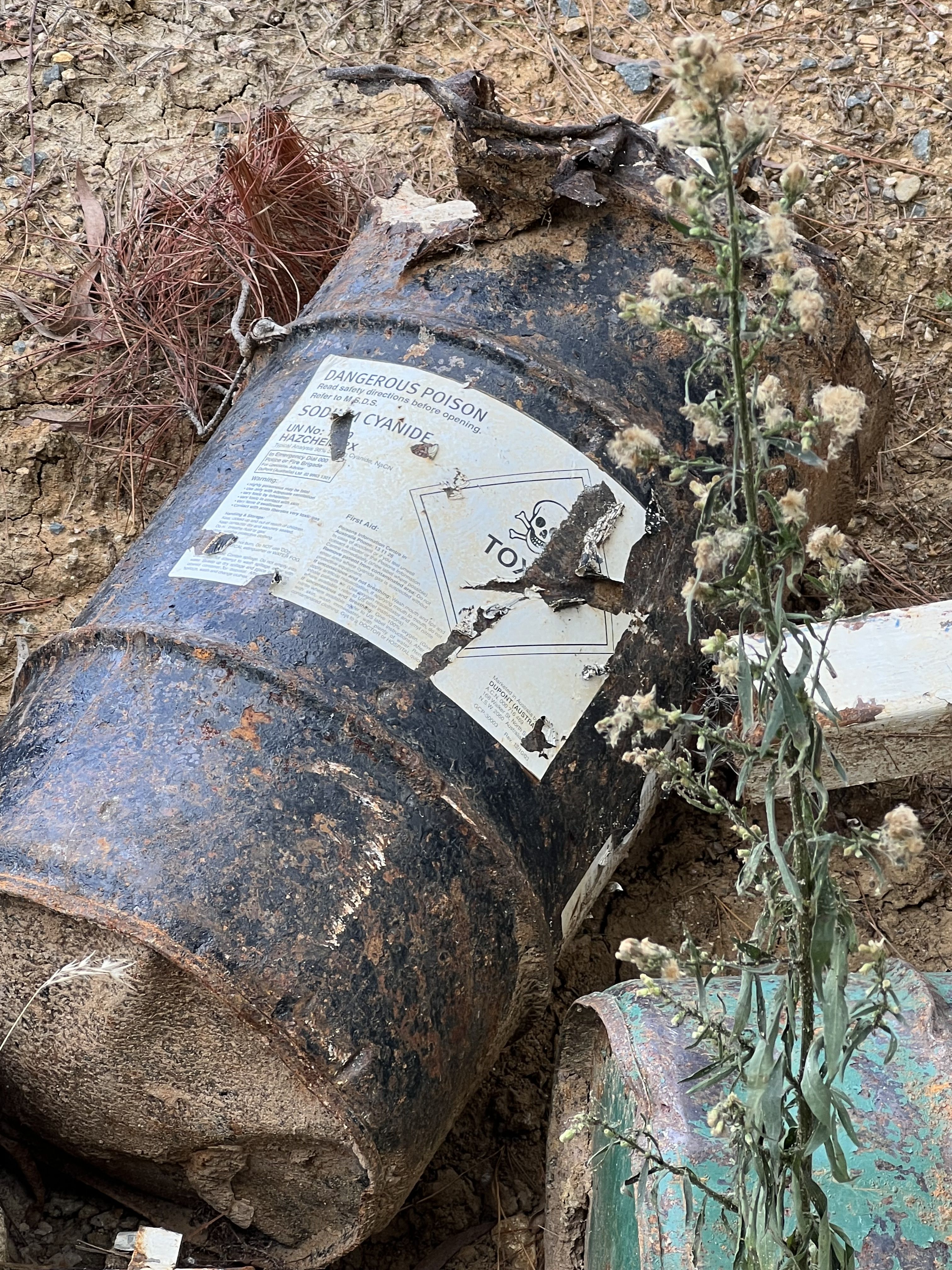
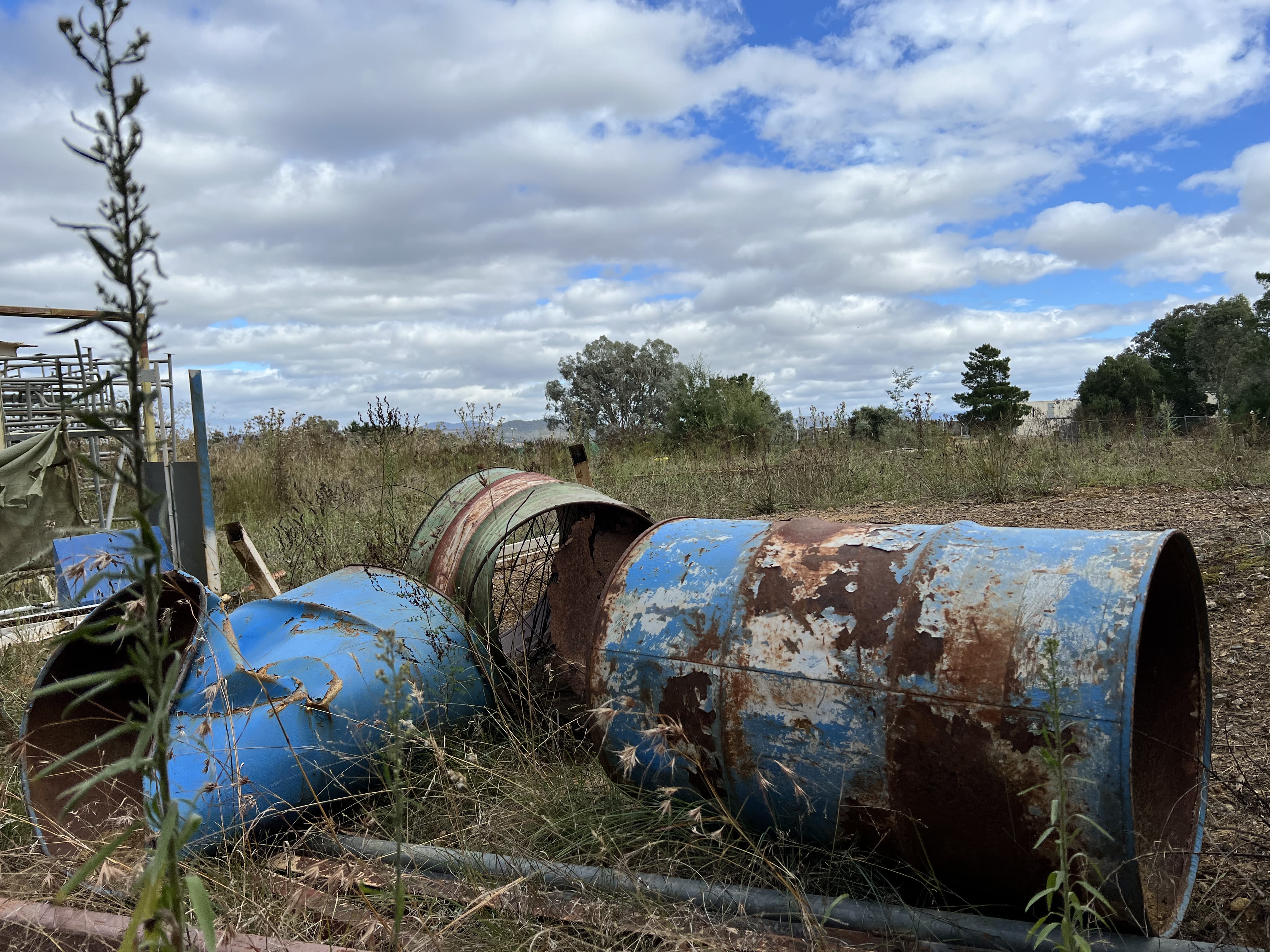
As you reach the Memorial site, the trail opens up to a wide area located on a small hill at the north side of the forestry track.
Large eucalyptus trees form a loose semi-circular shape around the east of the memorial, accompanied by a planting of callistemons behind the monolith.
The grey, cloudy sky emphasised the strange feeling at the site, which was compounded by an eerie silence.
The memorial itself is a large granite monolith, about two metres wide. A bronze plaque is centrally placed on the monolith, bearing an inscription to honour those involved in the deadly crash.
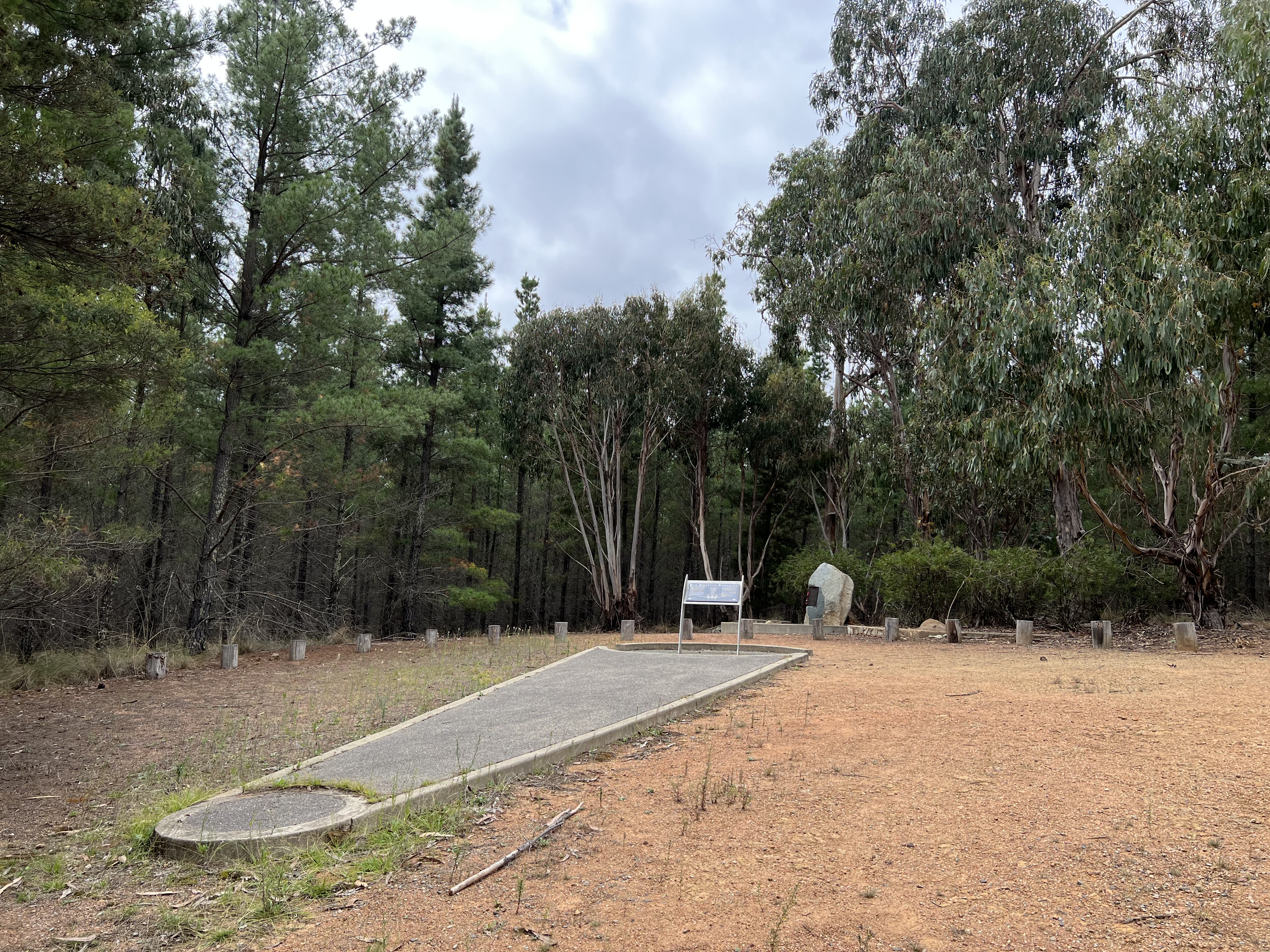
It was quite a surreal experience visiting this memorial. Having grown up in Canberra, I was surprised to learn of its existence only recently.
As I explored the Memorial trail I did not encounter one other person while I walked it. Canberran's embrace the outdoors, so the absence of other walkers was very strange.
I felt very indifferent about this walk, because at the end of the day it is just a walk, and maybe my expectations were too high. The careless treatment of the trail is what shocked me the most. It disregards the importance of the lives lost in this tragic plane disaster that occurred over eighty years go.
Canberra has many bush walks that take advantage of the stunning landscape, and I thought the Air Disaster Memorial Trail would be much the same. It is a shame to see such a fascinating part of our local history uncared for. An important part of Canberra's short story that is seemingly forgotten.
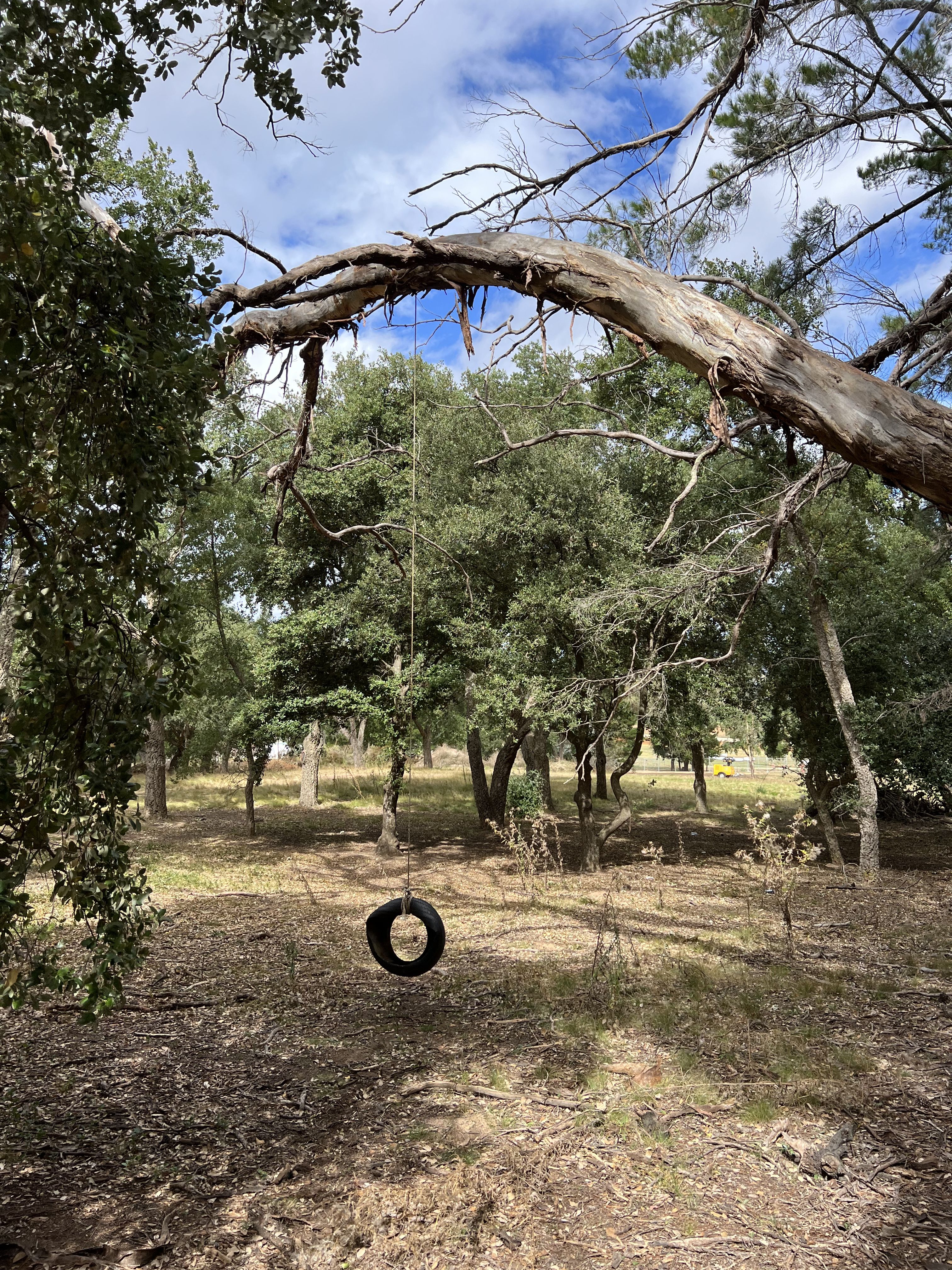
If after this you are keen to explore the Air Disaster Memorial Walk for yourself, it is about a 15 minute drive from the Canberra CBD via Pialligo Avenue.
The full loop trail is 5.6km long. It is a relatively easy walk that takes, on average, around 90 minutes to complete.
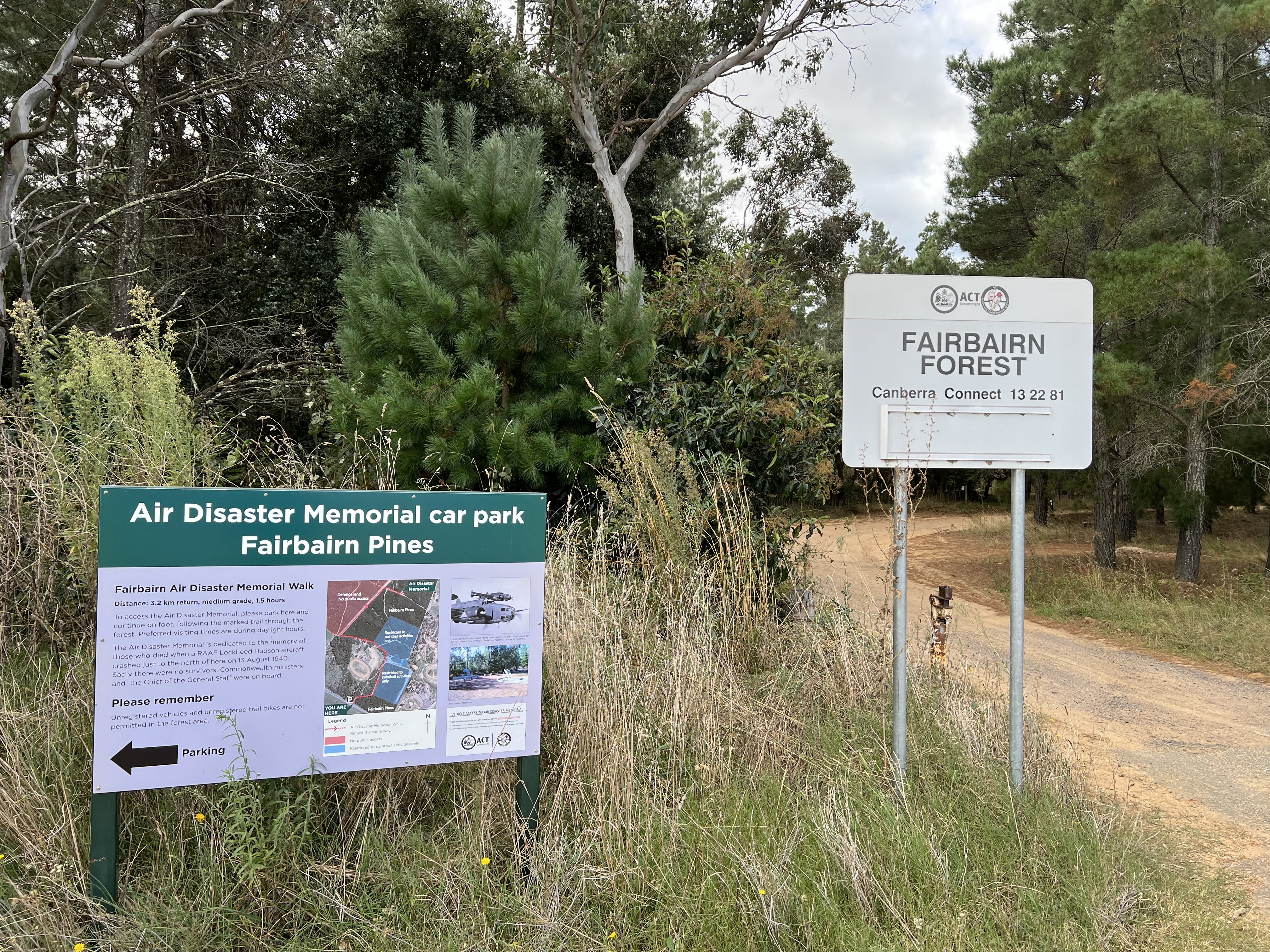
Produced by Journalism and Sports Media students;
Published by the Faculty of Arts and Design, University of Canberra

